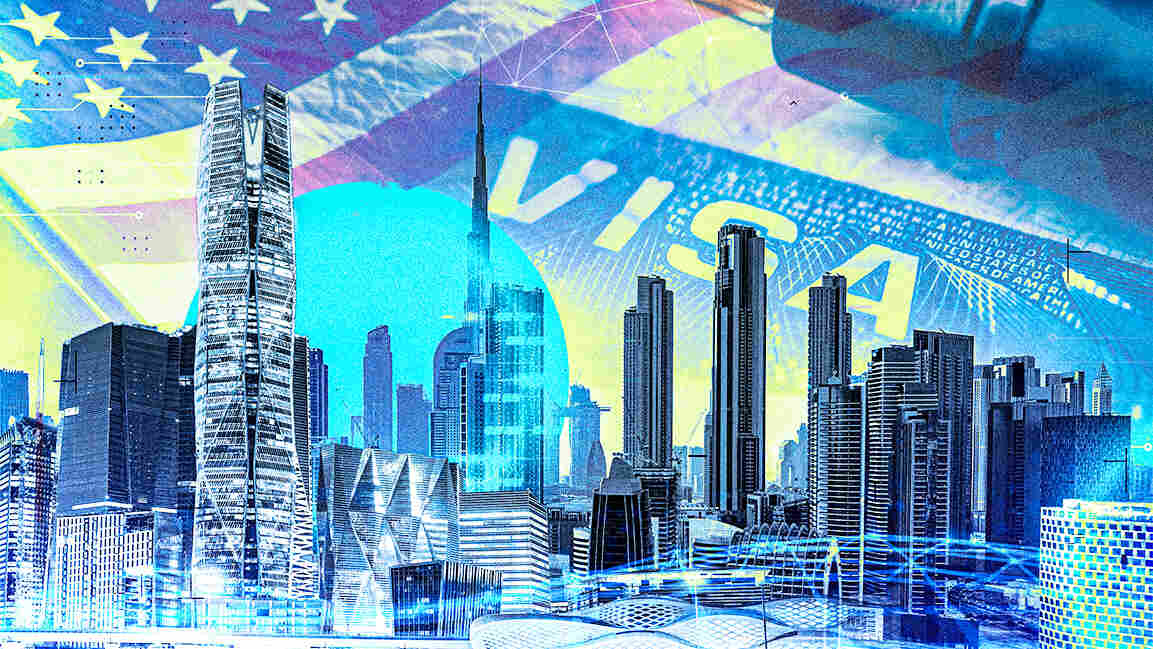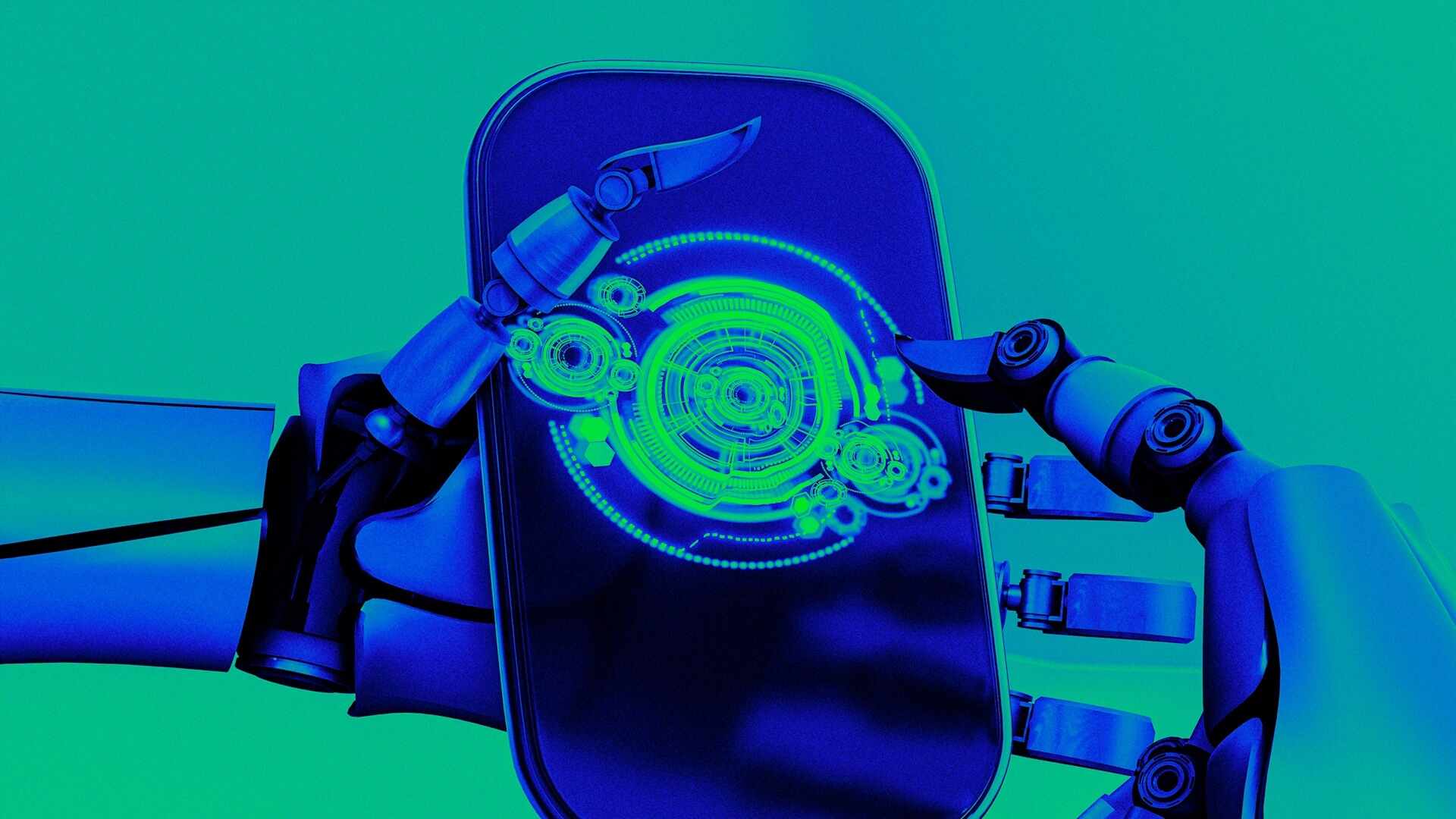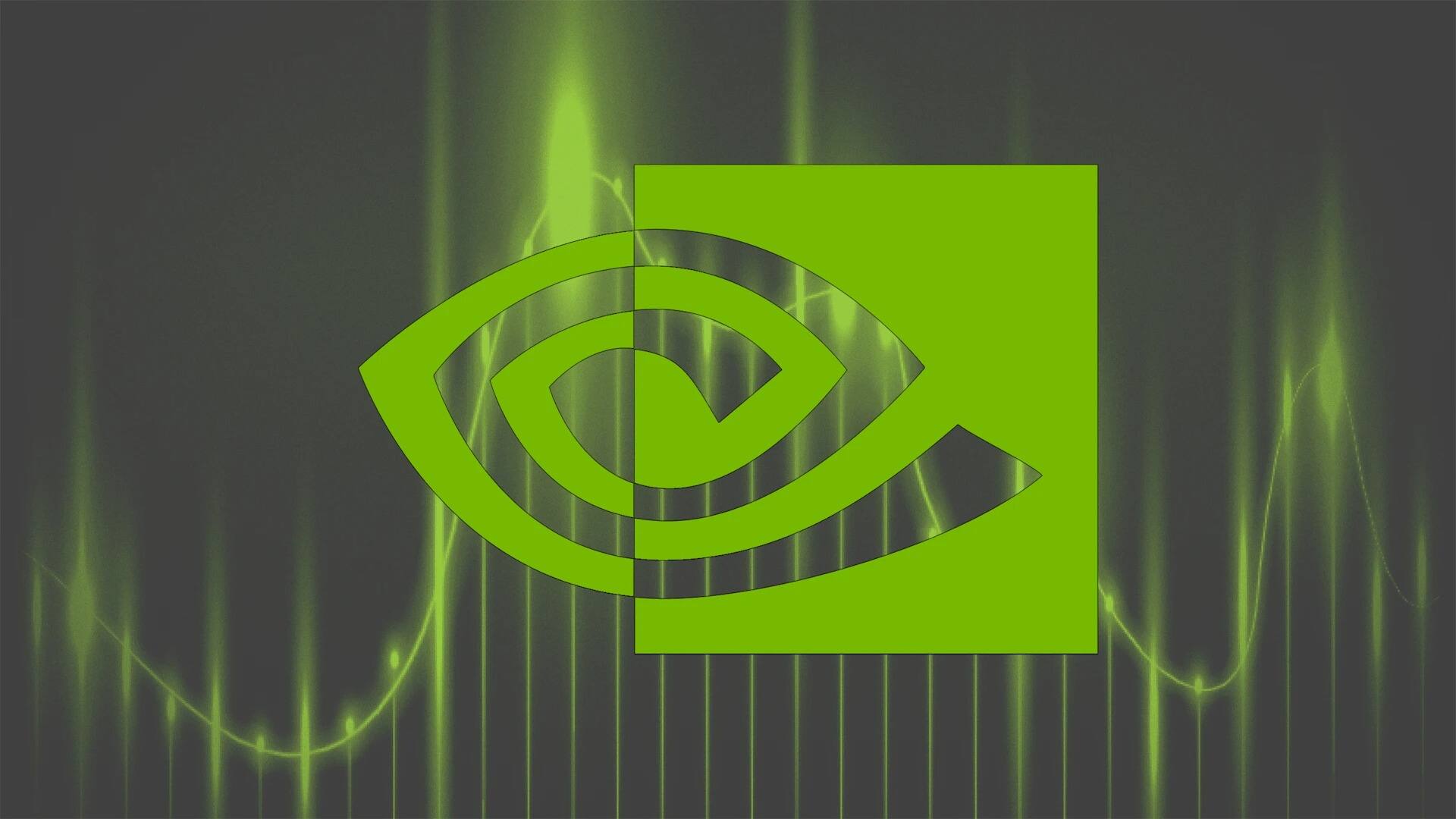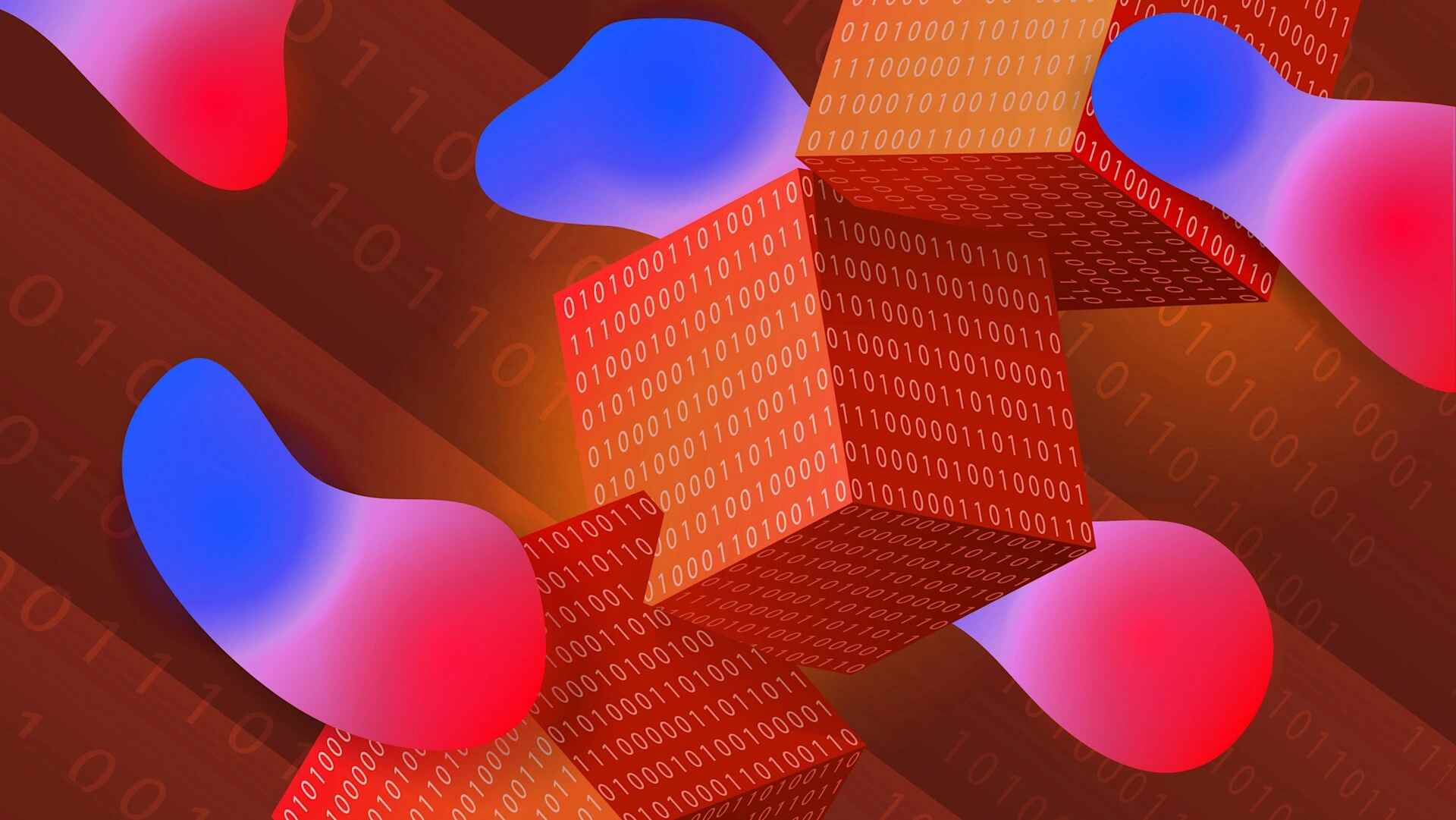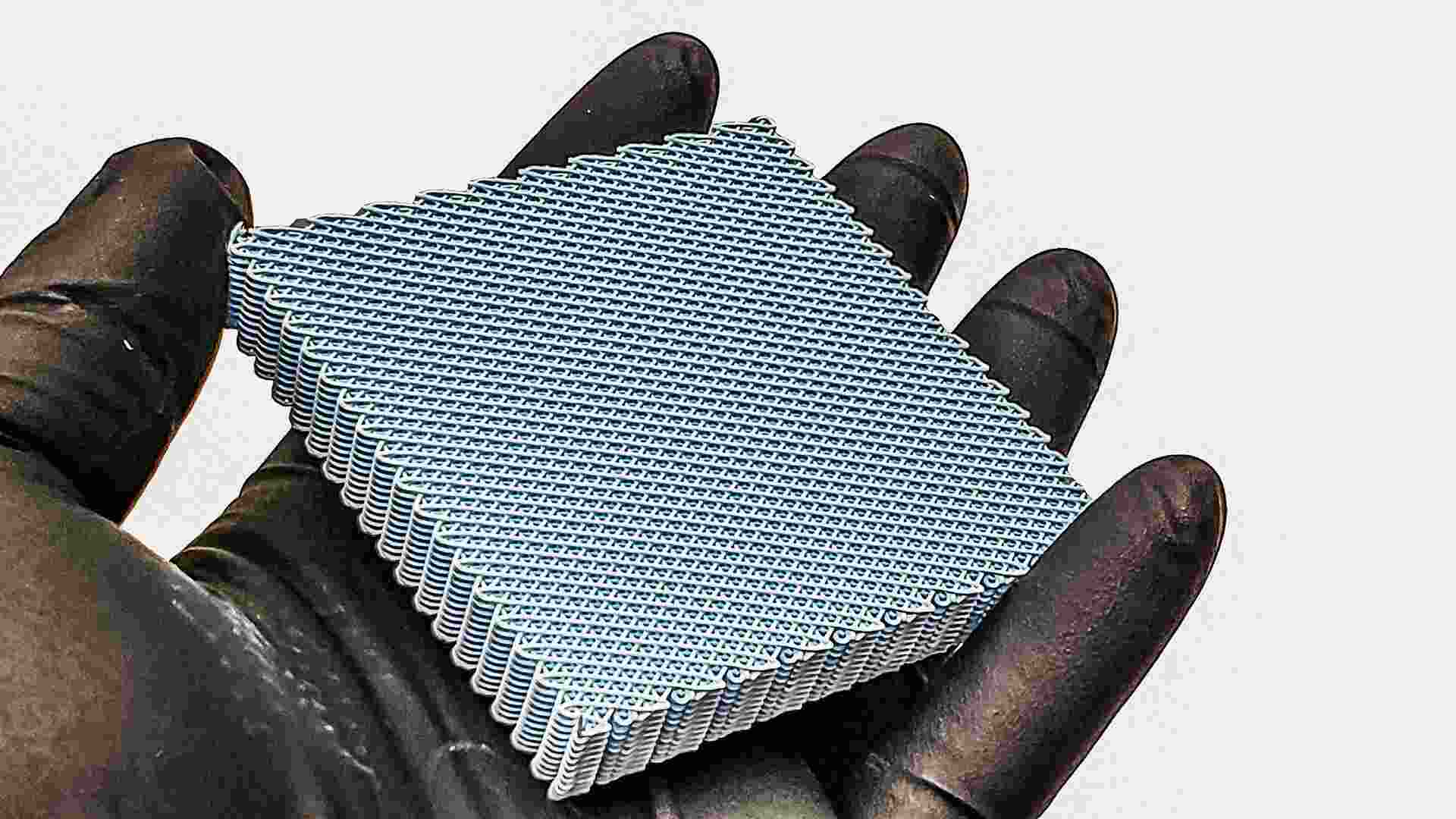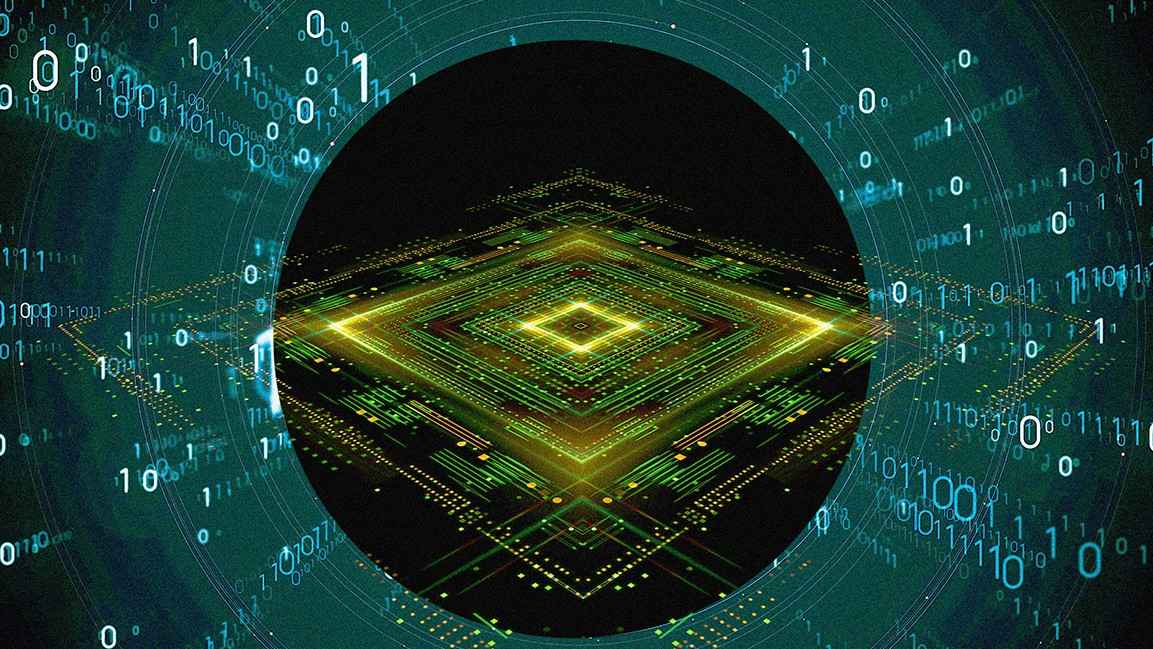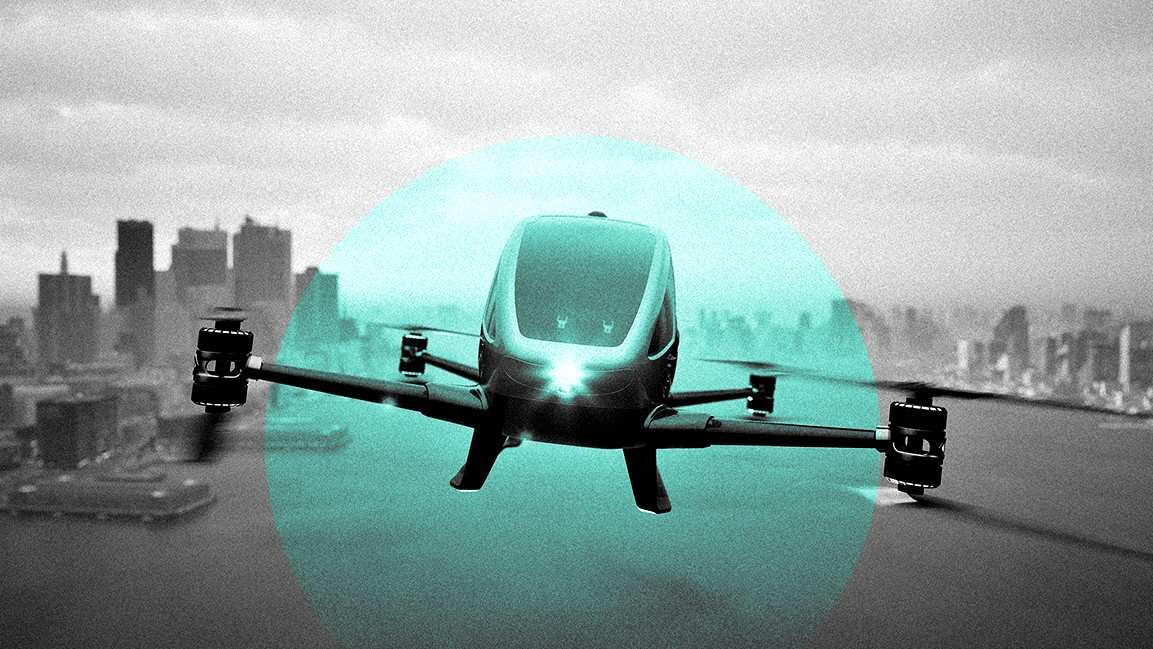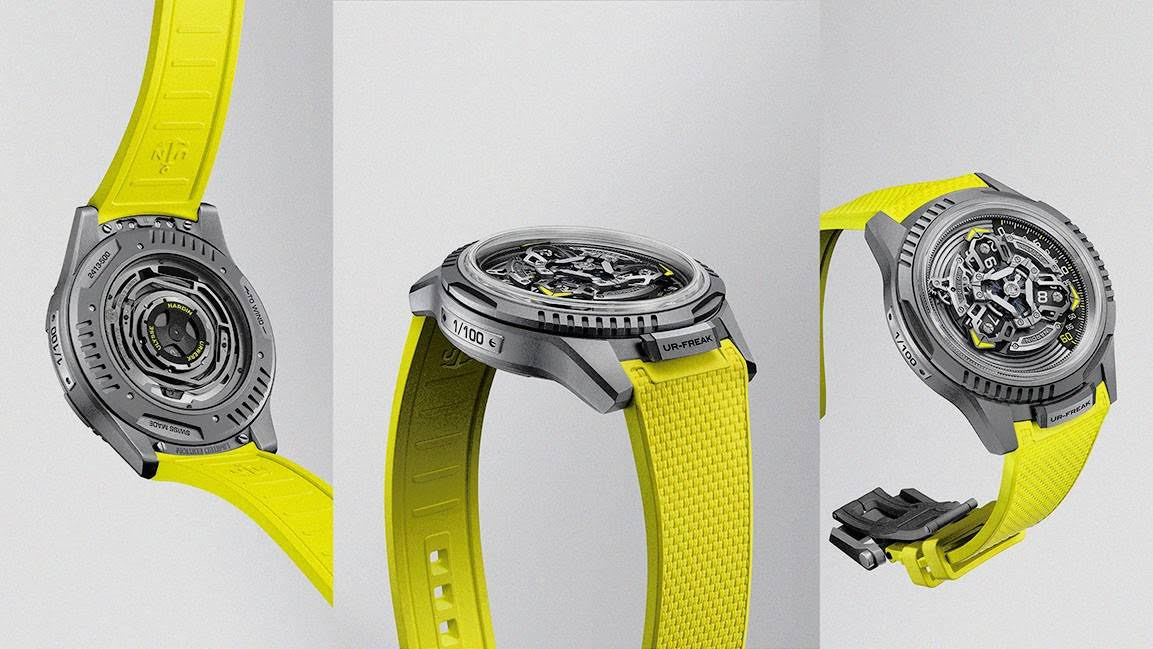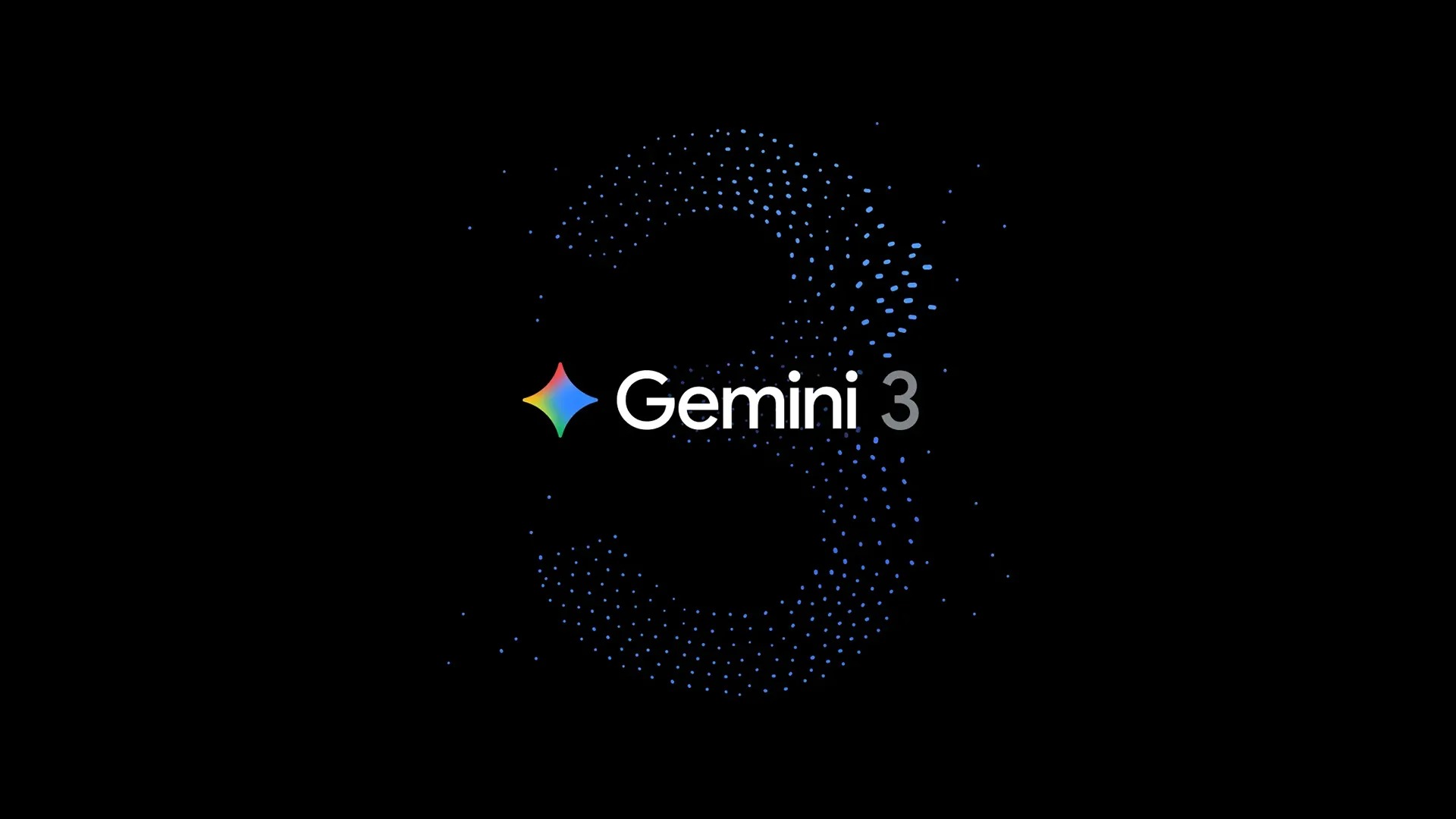- | 12:00 pm
Mercedes-Benz expands EV lineup with CLA Shooting Brake, launching in 2026
The Shooting Brake features 400+ liters of boot space, 75 kg roof rail capacity, and can tow up to 1,800 kg.
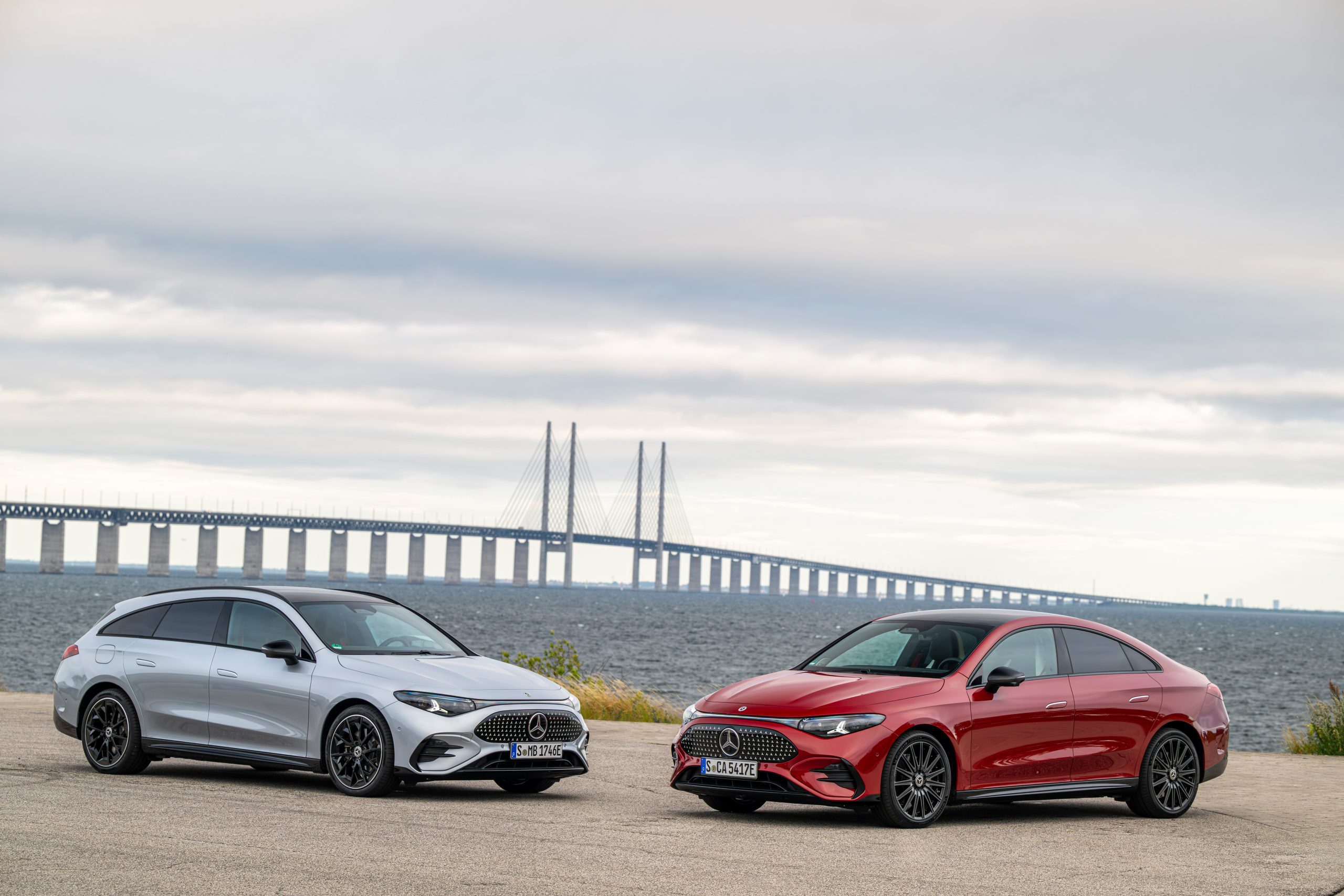
Following the debut of the new CLA, Mercedes-Benz has unveiled the second model in its next-generation lineup, the all-electric CLA Shooting Brake. The brand’s first electric estate car is scheduled to launch in Europe in March 2026.
The Shooting Brake offers more than 400 liters of boot space, expandable to 1,290 liters, with an additional 101 liters under the bonnet. Designed for both daily use and weekend travel, it features roof rails that can carry up to 75 kilograms and a towing capacity of up to 1,800 kilograms.
The CLA 250+ model’s WLTP range is up to 761 kilometers, making it well-suited for longer journeys. Fast-charging capabilities enable up to 310 kilometers of range to be added in 10 minutes.
“The new CLA Shooting Brake is designed for those who appreciate the dynamism of a sporty vehicle but don’t want to compromise on space and practicality in everyday life,” said Mathias Geisen, Member of the Board of Management, Mercedes-Benz Group AG, Sales.
This model builds on the Shooting Brake concept, first introduced with the CLS in 2012 and brought to the compact segment with the CLA in 2015. The electric version, with design elements that balance aesthetics and practicality, is set to launch in Europe in March 2026.
The vehicle shares its front design with the CLA Saloon, featuring an illuminated grille and distinctive star-shaped rear lights. Its sloping roofline, panoramic glass roof, and optional illuminated starry sky lend a sleek and refined appearance.
Inside, the extended roofline improves headroom and makes rear-seat access more comfortable. Slightly longer and taller than its predecessor, the new model offers a roomier cabin designed to accommodate five passengers more easily.
An optional MBUX Superscreen spans the dashboard, offering up to three displays with features such as video streaming, gaming, and real-time graphics. It integrates AI tools from Google and Microsoft to improve voice interaction and provide more personalized responses.












